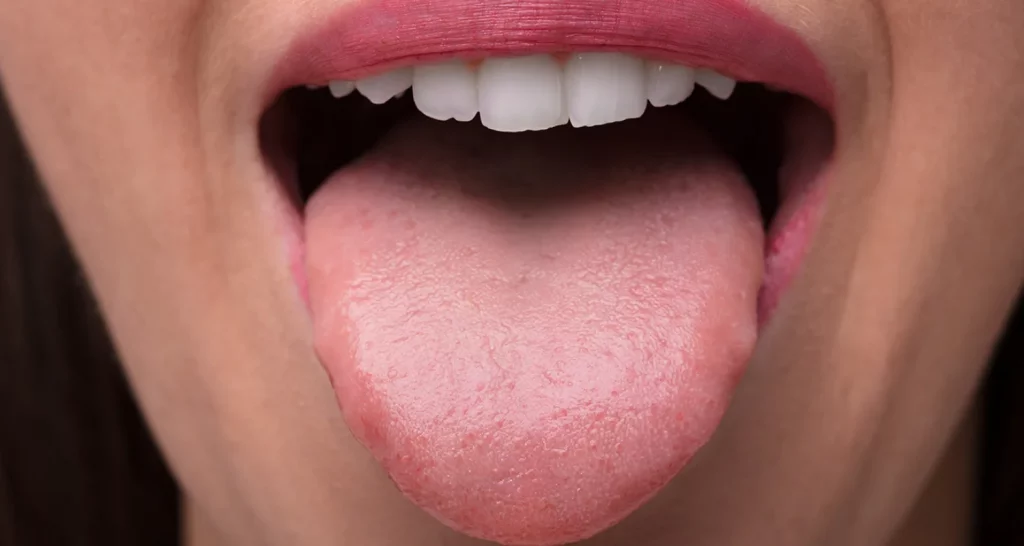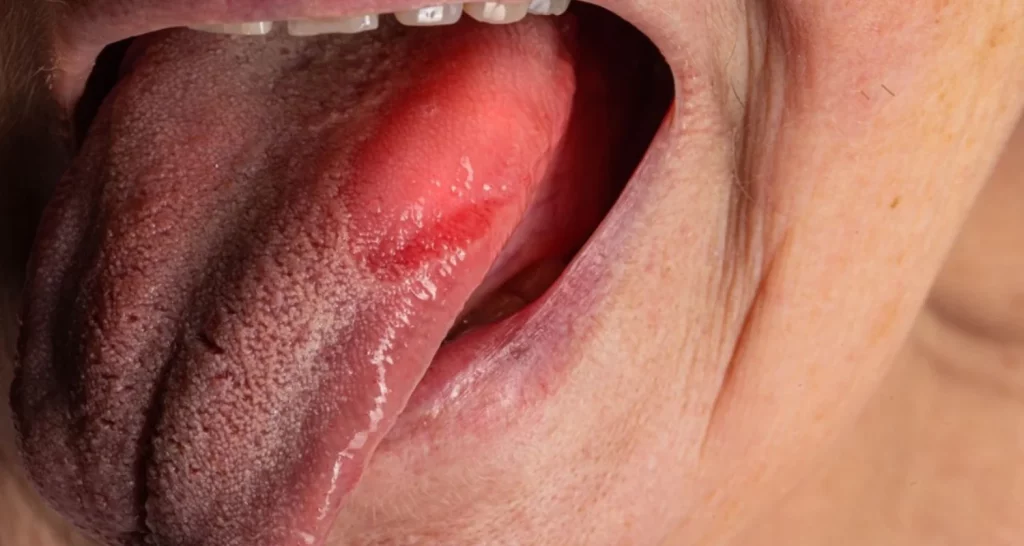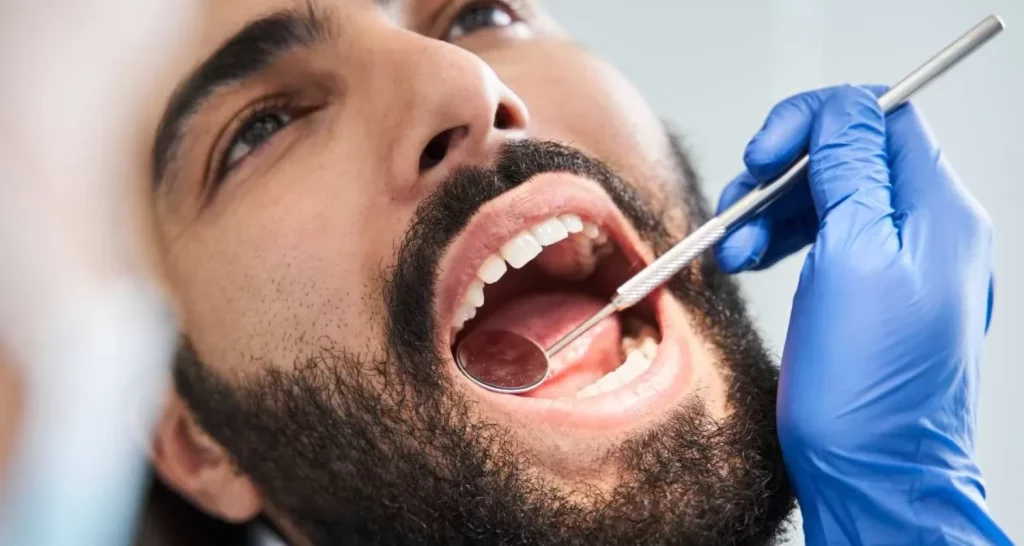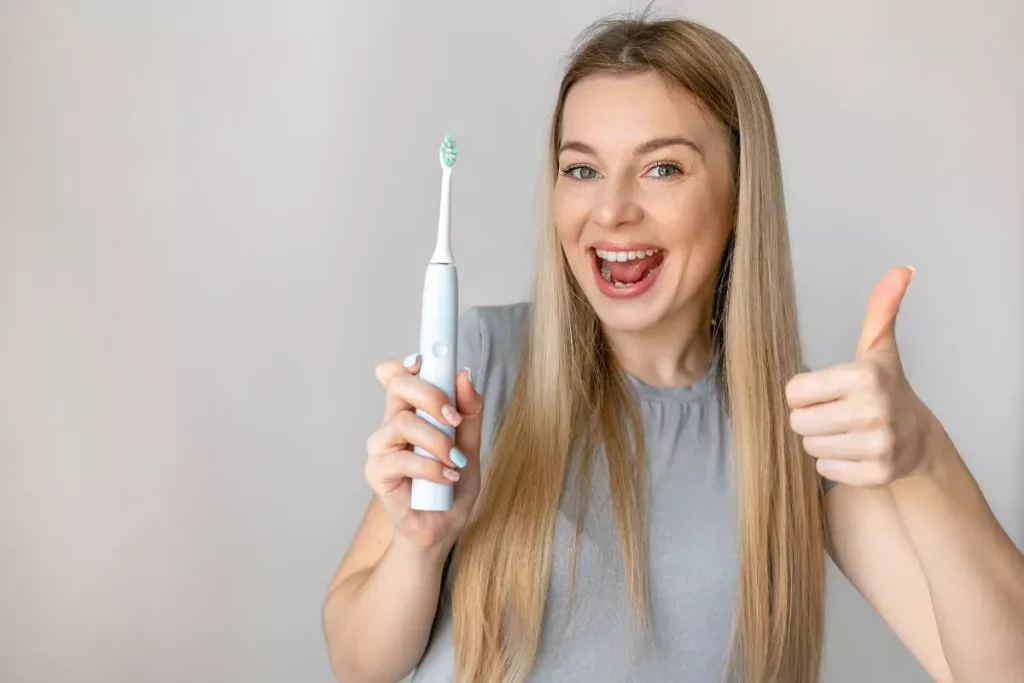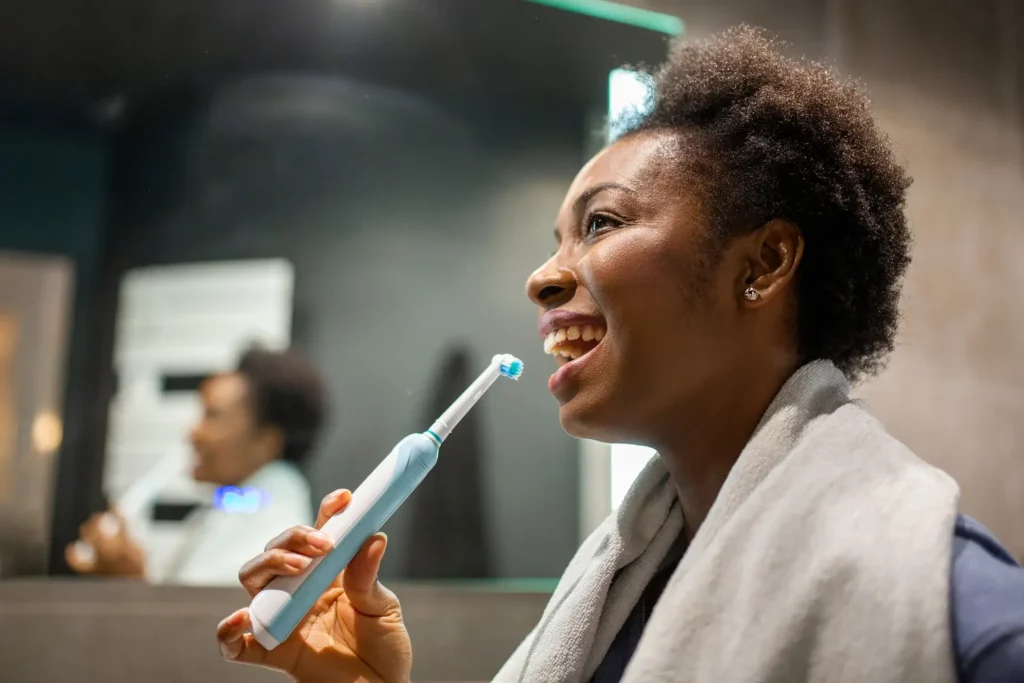Leukoplakia is a disease that affects the mucous membranes of the mouth and causes the formation of white or gray spots on the tongue, the inside of the cheeks, the gums and other areas of the oral cavity. Although usually harmless, leukoplakia can sometimes be a precursor to more serious conditions, such as oral cancer. This article will delve into the various aspects of leukoplakia, including its causes, symptoms, treatment options, and preventive measures. We will also explore multiple perspectives and solutions to manage this condition.
What is Leukoplakia?
Leukoplakia is a condition characterized by the formation of white or gray spots on the mucous membranes inside the mouth. These patches are usually thick, raised, and cannot be scraped off. While itself is not cancerous, it is considered a potentially precancerous condition. The exact cause of leukoplakia is not always clear, but it is strongly associated with tobacco use, both for smokers and passive smokers (who inhale the smoke exhaled by the smoker), as well as excessive alcohol consumption.
Causes
1. Tobacco use: One of the main causes is the use of tobacco products, including cigarettes, cigars, and chewing tobacco. The harmful chemicals in tobacco can irritate the mucous membranes in your mouth and cause white spots to appear.
2. Alcohol: Excessive alcohol consumption, especially when combined with tobacco use, increases the risk of developing leukoplakia. Alcohol can irritate oral tissues and weaken the body’s defenses against harmful substances.
3. Human papillomavirus (HPV): Some strains of HPV are associated with the development of leukoplakia. This viral infection can affect the cells in the mouth and contribute to the formation of white spots.
4. Irritation and trauma: Chronic irritation caused by poorly fitting dentures, rough teeth, or dental work can cause leukoplakia. Additionally, repeated trauma to the tissues of the mouth, such as biting the inside of the cheek, may be a contributing factor.
Risk Factors
● Age and Gender: Occurs in approximately 1 to 2% of the population. This condition is six times more common in smokers, especially among those in their fourth to seventh decades of life. Furthermore, a higher prevalence has been observed in men compared to women.
● Location of Injuries: Located in specific areas of the mouth, such as the underside of the tongue, the floor of the mouth, and the soft palate, show a greater propensity for malignancy. These areas are more susceptible to developing oral cancer.
● Characteristics of Injuries: In addition to its white or grayish color, some oral leukoplakias may present red spots or bumps, with rough or warty textures. These characteristics are indicative of a greater likelihood of being precancerous lesions.
● Additional Causes: Chronic irritation of the oral mucosa can be caused by several factors, such as uneven, broken or sharp teeth, poorly fitting dentures, and rough surfaces. In addition, certain habits that damage the mucous membranes where the lesions appear can contribute to their development. Removing or correcting these elements can help reduce or disappear the injury.
● Immune Factor: Other risk factors include having a weakened immune system, a personal or family history of cancer, and the use of immunosuppressive medications. These aspects can increase susceptibility to oral leukoplakia and its potential for malignancy.
Symptoms
Leukoplakia often presents with no noticeable symptoms other than white or gray spots in the mouth. However, there may be associated discomfort or changes in sensitivity. Common symptoms include:
● White or gray spots: The hallmark sign of leukoplakia is the presence of these spots, which may be flat or slightly raised and cannot be scraped off.
● Sensitivity or pain: Some people may experience pain or discomfort in the affected area, especially when consuming spicy or acidic foods.
● Burning sensation: Some people report a burning or tingling sensation in the affected area.
● Difficulty chewing or swallowing: Severe cases of leukoplakia can make chewing and swallowing uncomfortable or difficult.
● Loose or ill-fitting dentures: If leukoplakia is caused by irritation from dentures, people may notice that their dentures no longer fit properly.
● Lump or thickening: In rare cases, a lump or thickening may develop within the white spots.
Diagnosis and Evaluation
If you suspect you have leukoplakia or notice any unusual changes in your mouth, it is crucial that you see a healthcare professional or dentist for a proper evaluation. Diagnosis usually includes the following steps:
● Clinical examination: A visual examination of the mouth and throat will be performed to identify any white or gray spots.
● Biopsy: In some cases, a tissue sample (biopsy) may be taken from the affected area to determine if the cells are precancerous or cancerous.
● Endoscopy: In the case of injuries to the throat or larynx, an endoscopy may be performed to take a closer look at the affected area.
Treatment Options
Management of leukoplakia involves addressing its underlying causes and monitoring for any signs of progression to oral cancer. Here are some treatment options and preventative measures:
1. Quit smoking and consuming alcohol: The most important step in treating and preventing leukoplakia is to stop smoking and moderate alcohol consumption. This can significantly reduce the risk of the condition worsening or developing into oral cancer.
2. Oral hygiene: Maintaining good oral hygiene, including regular brushing, flossing, and dental checkups, can help prevent and control leukoplakia by reducing irritation in the mouth.
3. Periodic monitoring: In mild cases of leukoplakia without dysplasia, periodic check-ups with a dentist or healthcare professional are usually recommended to monitor the evolution of the condition.
4. Medicines: In some cases, healthcare providers may prescribe topical medications to help control leukoplakia symptoms or reduce the size of the patches.
5. Surgical removal: If the patches are large, painful, or have a high risk of cancer, surgical removal may be recommended. This procedure is known as excision. Surgical removal is a direct method to remove potentially cancerous lesions. It can be very effective when done on time. Some people may be apprehensive about surgery, but it is usually a minor procedure with a high success rate.
6. Laser therapy: In some cases, laser therapy can be used to remove leukoplakia lesions. This technique is precise and can minimize damage to surrounding tissues. Laser therapy offers a less invasive alternative to traditional surgery and can result in faster recovery times. Although laser therapy is effective, it may not be suitable for all types of leukoplakia, and its availability may vary by location.
7. Biopsy: A biopsy may be performed to rule out cancer. During a biopsy, a small sample of tissue is taken from the white spots and examined under a microscope.
Prevention
Preventing leukoplakia is closely related to avoiding its main risk factors. Here are some tips for prevention:
Quit tobacco: If you smoke or use smokeless tobacco, quitting smoking is the most effective way to prevent leukoplakia. Seek support from health professionals or support groups if necessary.
Limit alcohol: If you consume alcohol, do so in moderation. Moderation is the key when it comes to alcohol. Reducing alcohol consumption can protect your oral health and reduce the risk of leukoplakia. Reducing alcohol consumption can be a positive lifestyle change that benefits both oral and general health.
Practice safe oral sex: For people at risk for HPV-related leukoplakia, practicing safe oral sex and discussing vaccination options with a healthcare provider may be protective measures.
Periodic dental checkups: Visit your dentist periodically for checkups and cleanings. They can identify any oral health problems, including early signs of leukoplakia.
Oral hygiene: Maintain good oral hygiene by brushing your teeth at least twice a day, flossing daily, and using an antiseptic mouthwash if you choose.recommends your dentist. Good oral hygiene is a simple but effective way to prevent various oral conditions, including leukoplakia. Incorporating oral care into daily routines can lead to healthier gums and oral tissues.
Treat dental problems: Correcting dental problems such as sharp or rough teeth and poorly fitting dentures can prevent chronic irritation of the oral mucosa. Going to the dentist quickly can prevent leukoplakia and improve overall oral comfort. Some may postpone visits to the dentist due to dental anxiety, but addressing problems promptly can prevent more significant problems.
Proper denture care: If you wear dentures, make sure they fit well and do not cause irritation. Regularly clean and care for your dentures according to your dentist’s instructions.
Conclusion
Leukoplakia, characterized by white or gray spots in the mouth, is a worrying condition because of its potential to develop into oral cancer. Mainly associated with tobacco, alcohol, HPV, and chronic oral irritation, it affects men and older smokers more.
Although its symptoms are usually discrete, early diagnosis and treatment are essential. Management strategies range from lifestyle changes to medical interventions. Prevention is crucial, focusing on eliminating risk factors and maintaining good oral hygiene. With appropriate measures, the risk associated with leukoplakia can be effectively controlled.
Frequently Asked Questions
How dangerous can leukoplakia be?
In general, does not pose a great danger. Patches that form in the mouth usually fade within weeks or months once the cause of the irritation is removed. However, in certain situations, these patches can be an early indication of cancer.
How is oral leukoplakia cured?
Typically, is treated by surgery, which involves complete removal of the lesion. However, in some cases, surgery may not be feasible due to the extensive size or location of the leukoplakia.
Is leukoplakia transmitted?
The exact cause is uncertain, but in most cases, it appears to be linked to tobacco use, whether smoked or chewed. It has been observed that 3 out of 4 people who regularly use smokeless tobacco products develop leukoplakia in the areas of the cheeks where tobacco has direct contact.
What type of lesion is leukoplakia?
Leukoplakia stands out as the most common premalignant lesion in the oral cavity. According to the definition of the World Health Organization, it is a primarily white lesion on the oral mucosa that is not identified as any other recognized lesion and has a high propensity to transform into oral cancer.
Share:
References
1. MedlinePlus. (Aug, 2023). National Library of Medicine. https://medlineplus.gov/ency/article/001046.htm
2. Mayo Clinic. (Sep, 2018). Leucoplasia. https://www.mayoclinic.org/es/diseases-conditions/leukoplakia/symptoms-causes/syc-20354405#:~:text=La%20leucoplasia%20se%20manifiesta%20como,boca%20o%20c%C3%A1ncer%20de%20boca.
3. Cleveland Clinic. (Jul, 2023). https://my.clevelandclinic.org/health/diseases/17655-leukoplakia
4. Mohammed F, Fairozekhan AT. (Jul, 2023). StatPearls https://www.ncbi.nlm.nih.gov/books/NBK442013/
5. NHS. (Mar, 2021).. https://www.nhs.uk/conditions/leukoplakia/
6. WebMD. (Nov, 2023) . https://www.webmd.com/oral-health/dental-health-leukoplakia
-
Nayibe Cubillos M. [Author]
Pharmaceutical Chemestry |Pharmaceutical Process Management | Pharmaceutical Care | Pharmaceutical Services Audit | Pharmaceutical Services Process Consulting | Content Project Manager | SEO Knowledge | Content Writer | Leadership | Scrum Master
View all posts
A healthcare writer with a solid background in pharmaceutical chemistry and a thorough understanding of Colombian regulatory processes and comprehensive sector management, she has significant experience coordinating and leading multidisciplina...



